Where is Tibet? What’s travel without collecting experiences? And what’s travel without capturing those experiences? Tibet is a destination where you will be finding yourself not only capturing experiences, but also tirelessly capturing the beautiful surroundings. Tibet is called as the Roof of the World; it is after all the highest plateau in the world. The topography is filled with spectacular views of mighty mountains, glistening lakes in high altitudes, over high passes adorning prayer flags, cliffside monasteries and retreats.
The average altitude of Tibet is 4,900m, with its highest point being the Mount Everest which rises 8,848m above the sea level. Tibet’s topography is such that it is surrounded by mountains on most if the sides. It occupies larger part of the Qinghai-Tibet Plateau. It is located west of Sichuan, and also borders Nepal, Burma, India, and Bhutan on the other side.
The high altitude of the region and the varied topography might give photographers really good views and plenty natural wonders to photograph. The every changing weather and ambient lighting of the region gives plenty to capture to the photographers. The strong sunshine makes everything glisten a bit more, the clear blue skies portray a beautiful reflection in the lakes, the snow topped mountains look like silver linings in the sky, and the high lands help you see night skies sprinkled with shining stars. Here are some of the things that you should not miss photographing in Tibet:
ALPINE LAKES:
Tibet is famous for its glistening, clear, turquoise lakes in high altitudes amidst the mountains or foregrounding the mountains. The three famous scared lakes of Tibet are Namtso Lake, Yamdrok Lake, and Mansarover Lake.
Namtso Lake:
Namtso Lake is located 250km from Lhasa along the Qinghai-Tibet Highway, at altitude of 4,750m. It is a vast lake which is 70km long and 30km broad. Namtso is called as the heavenly lake owing to the truly heavenly views surrounding the lake. It is the second largest and highest salt water lake in China. There are no particular buses from Lhasa to Namtso Lake. You can hire a car or by cycle to get to the lake.
Photography Tips:
The best time to photograph in this area is 30 mins before or after sunrise or sunset. Some of the areas around the lake that you can photograph and use it as a foreground are Gassho stone, Yingbin stone, Tashi peninsula, good and evil hole, and a lot of other views. You can climb the Tashi peninsula to get really good shots of the Namtso Lake.
There is also moderate sized bird sanctuary close by where you can take some pictures of migratory birds that visit the lake. Take a picture when the water is perfectly still. Wait for the wind to die down in case it is windy. Try to fill your frame with water as the foreground and take picture from the low vantage point to show the full scale of the scenery.
Most Recommended Itinerary: 6 Days Travel to Sky Lake – Lhasa and Lake Namtso Small Group Tour
Yamdrok Lake:
Yamdrok Lake is located 110km southwest of Lhasa and stands at an altitude of 4,471km. It is a 2-3hr drive from Lhasa. It is 70km wide and 130km long. Yamdrok means upper pasture and you will find the water colour to be a beautiful turquoise blue. The lake is fed by water from melted ice and it is the largest inland lake in the northern Himalayan ranges. Apart from photography you will find locals and tourists doing and participating in activities like fishing and bird watching. You can hike one of the surrounding small mountains to get better shots of the lake.
Photography Tips:
En route you can stop at the Kambala Pass to capture the bird’s eye view of the uneven coral shaped lake and the magnificent snow-capped mountains back grounding the lake. To take photos with the yaks, Tibetan mastiffs, and goats you have to pay a CNY 10 fee. Get permission of the locals if you want to take a picture of them.
The best time to capture the golden glow of the sun would be 30 mins before and after the sunrise or sunset. The view is even more breathtaking when captured during the sunrise from the Kambala pass. To capture more than just the lakes and reflection, you can walk around the lake where you will find hundreds of prostrating Tibetans. Ask permission of locals before taking candid pictures of them or with them as some consider it inauspicious to be photographed. Ensure your horizons in the frame are straight before clicking the picture.
Most Recommended Itinerary: 5 Days Lhasa and Yamdrok Lake Small Group Tour
Manasarover Lake:
Manasarover, which literally translates to immortal lake of jade, is the highest freshwater lake in the world at an altitude of 4,588m. It is 938km from Lhasa, and travellers usually take a long 9-8 day trip to Manasarover. This lake is considered as the most sacred lakes of all by many Tibetans and Hindus. This lake is also the source for four very important lakes in Asia. The grand views of Mt. Kailash, the breathtaking 80km circumference of the lake, the spiritual significance of the lake, and many mysteries surrounding the lake are some of the many reasons why many, travellers and devotees alike, travel to this lake.
Photography Tips:
The best time to visit this lake for photography is from late April to late October. During the winter months the lake often gets inaccessible. There are also five monasteries surrounding the lake. You can either hike or hire a car to go around the lake to capture from different angles and various other things other than just the lake and reflection.
From the view of Himalayas south of the lake to the reflection of the bright blue skies to the yak skulls you find in the ground. There are things in all shapes and sizes that can be captured here. Calm mornings are the best time to capture the reflection on the still waters. You can experiment with the long shutter speeds. Always keep a tripod with you. Wide angle and normal lenses are probably the best options to use for lake photography.
Most Recommended Itinerary: 15 Days Kailash and Manasarova Small Group Tour
Tibetan Monasteries:
Monasteries in Tibet hold a significant representation in Tibetan culture and religion. They are major part of the national identity of the Tibetans. Monasteries are the best place for the tourists to learn and know more about the culture and practices followed by the natives. There are some very popular monasteries in Tibet and Shigatse. If you want to know more about the religion here are some of the monasteries that you can visit: Rongbuk Monastery, Sera Monastery, Drepung Monastery, Shalu Monastery, Natang Monastery, and Yungdrungling Monastery.
Rongbuk Monastery is the highest monastery in the world. It is located in the Everest Base Camp and you can catch some amazing views of the mountain. Many travellers stay in the monastery just to capture the mountains in the morning light in all its glory. Sera Monastery is one of the most famous monasteries in Lhasa, it is known for the public debate between the monks in the courtyard. Drepung Monastery is the largest monastery in Tibet; it is famous for hosting the Shoton Festival in the month of July. Shalu Monastery, located 20km from Shigatse, is known for its architectural distinction. It is a perfect combination of Han and Tibetan architecture. Natang Monastery, 15km from Shigatse, is known for its workshops on printing Buddhist Sutras. Yungdrungling Monastery is located in between Lhasa and Shigatse and there was a time when this monastery housed 300 monks but the numbers have dwindled drastically over the years.
Photography Guide:
Make sure to check if photography is allowed or not in the sites. In some places there is a fee to take photos and in some places it is not allowed. Ask the lamas in the place if you are not sure. There will be a lot of colour while photographing around the monastery.
If you are visiting the monasteries during the time of festivals, the earlier you go there the better. Carry a flash/flashlight with you as the lighting may be low inside some monasteries. Since the lighting is almost always poor inside the monasteries play a little with the shutter speed and aperture to capture the fine parts of the architecture.
>> Join-in the Most Recommended Tibet Monastery Tours
Lofty Mountains of Tibet:
This big land in the sky has no dearth of towering and silver-topped mountains. Tibet is the land to some of tallest mountains in the world, with many making it to the top 10 list of highest mountains in the world. Mountain Everest, the highest mountain in the world is in Tibet. Capturing the mightiness of these ranges in all its glory is one of the exhilarating experiences one can have. Trekking is the best way to explore and experience the roof of the world in its truest form. Here are some of the treks that you can take for an adventurous experience and to capture some breath-taking pictures of Tibet.
Lhasa to Everest Base Camp (EBC):
Trekking to EBC is one of the most magical treks as you will be at the foot of the world’s highest mountain. The actual trek starts from Rongbuk Monastery. The trek itself takes about a week to get to EBC. There are multiple routes to get to EBC from Lhasa. You can choose an itinerary according the time, budget, and other factors. From Lhasa most of the EBC routes is via Shigatse. En route there are plenty of scenic spots to stop at and see and enjoy. There are plenty variations in the route depending on if you want to cover a lot of places en route or of you want to do a mix of trekking and driving to Rongbuk Monastery or only drive to Rongbuk Monastery.
Photography Guide:
The best time to photograph the Everest is between April to May and October to September. This is also the best preferred time for hiking as the weather is most likely to be stable in these months. To shoot the view of sunrise and sunset Tangiri platform would be a suitable place.
From Dregura Mountain Pass you can get the view of four of the peaks in Himalayas. Finally, the Rongbuk Monastery is the best place to get a view of the Everest. Waking up early and shooting the sunrise upon the Everest from Rongbuk can be one of the most magical experiences. You can also hike the hill near the monastery for more views and different angles. The warn sunshine on the silver ice cold mountains produce a golden glow in the mountains.
>> Join-in the Most Classic Tibet Everest Base Camp Tours
EBC to Mt Kailash:
Trekking Mt Kailash is considered to be a sacred ritual by the locals and by many Hindus and Buddhists. Trekking to Kailash or visiting the sacred Lake Mansarover is almost like a pilgrimage. This could be a very challenging trip to the pilgrims. The trekking route is popularly known as Kora by the locals. Darchen is the starting point for trekking Kailash. But there are inclusive tour itineraries that cover Lhasa, EBC, and Mt Kailash.
Photography Guide:
To get the full view of Kailash, the views are best from Lake Manasarover. There are also a lot of ancient villages on the way where you can get a touch of history and culture. Since it is likely to be cold and as it is in high altitude carry extra charged batteries with you.
Batteries tend to drain out faster in such weather and altitude. Use a polarized filter to perfectly capture the reflections on the lake. The best time for photographing the lake would be early morning when the water is still and the light is just out.
>> Join-in the Most Popular Tibet Mount Kailash Tours
Other Himalayan treks you can go on for picturesque and scenic beauty are Simikot-Kailash trek, Cho Oyu trek, Annapurna Base Camp trek and many more. Check all the most popular Tibet trekking tours
Packing List for Photographers:
1. Basic photography equipment: Bag/kit, DSLR, lenses-wide angle and normal, tripod and ball head, lens filters, reflector kit, lens hood, cleaning brushes and kit, protective weather guide, memory cards, battery charger, light meter, remote camera, lens cover, stabilizer.
2. It is advisable to have multiple memory cards at hand.
3. Buy extra batteries and keep them fully charged. The batteries seem to drain faster in high altitude areas.
4. Try to keep your gear as light as possible as most of the places require trekking.
5. It is advisable to have an UV protective lens as the sun can be harsh.
6. Wear thermal wear and layered clothing. As the temperature changes can be extreme it will be easier to remove or add on if you wear multiple layers of clothing.
.jpg)



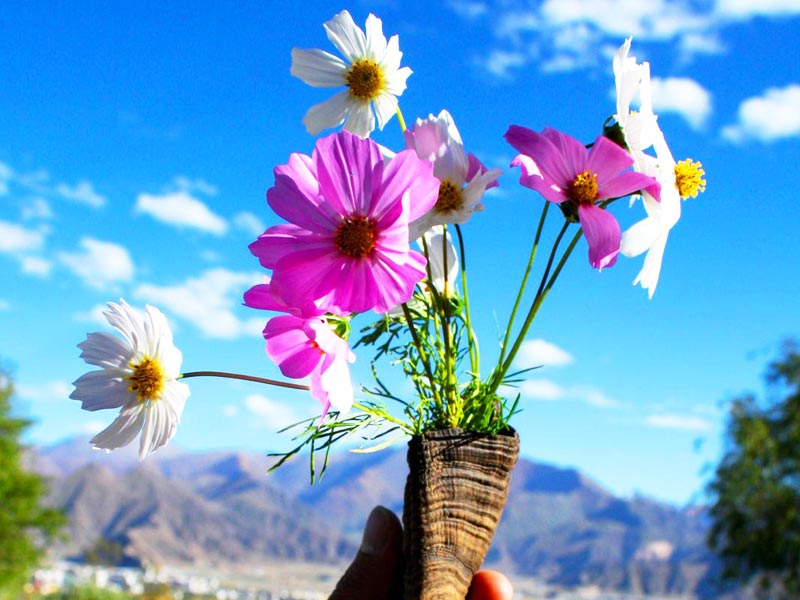
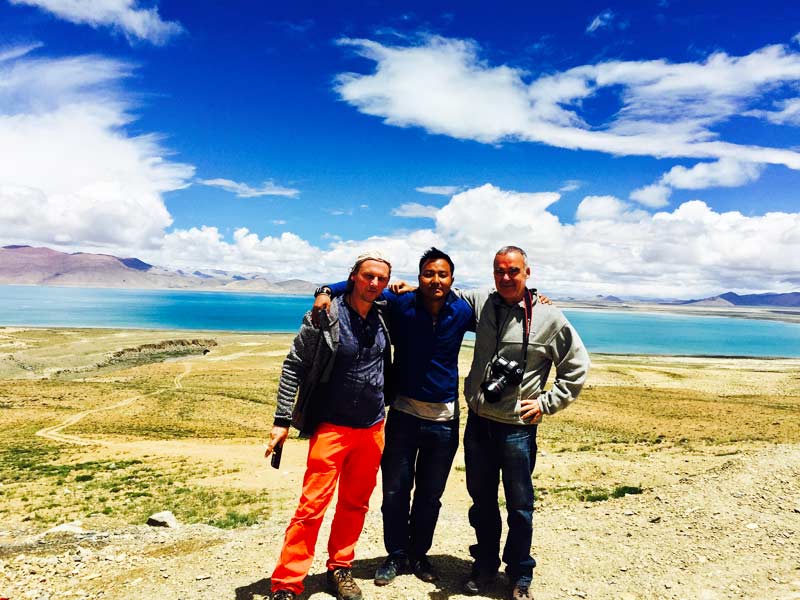
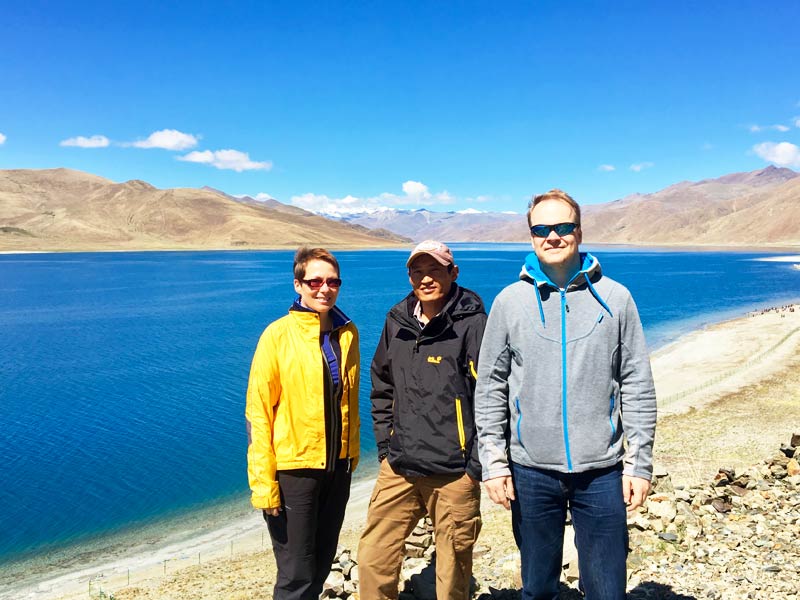
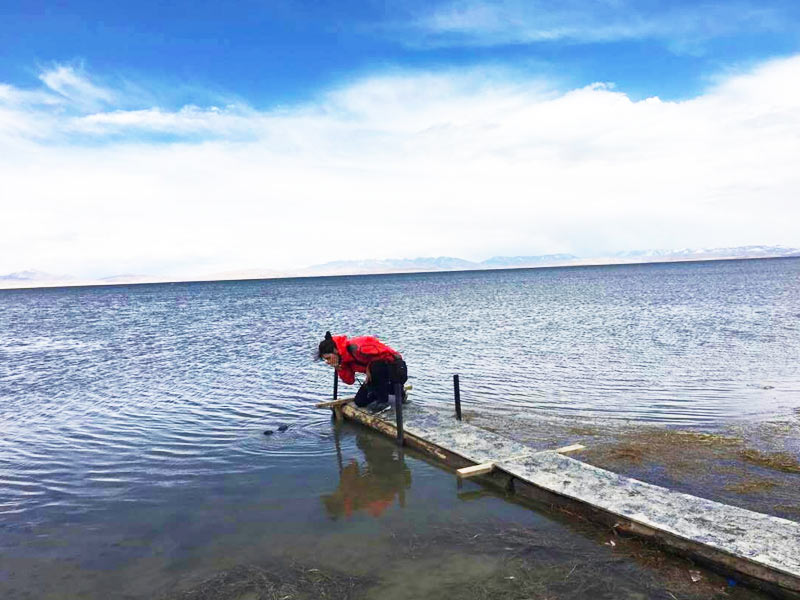
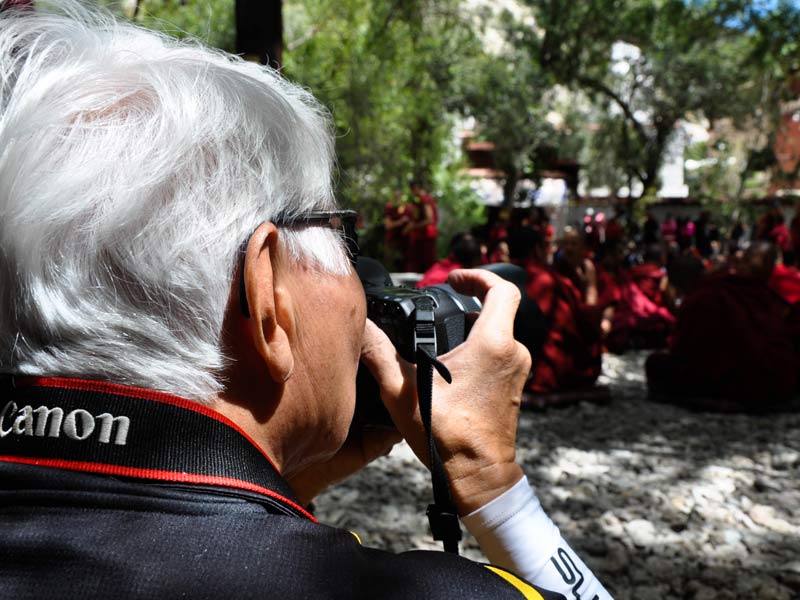
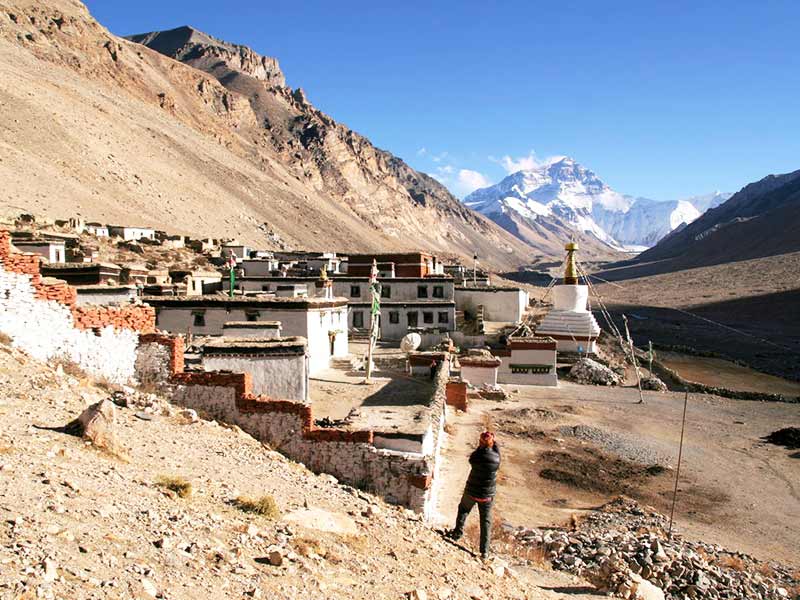
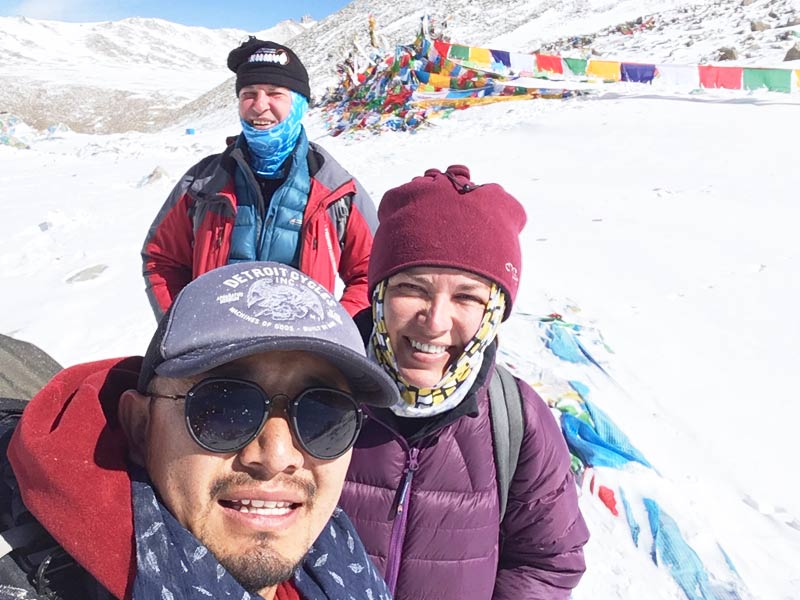

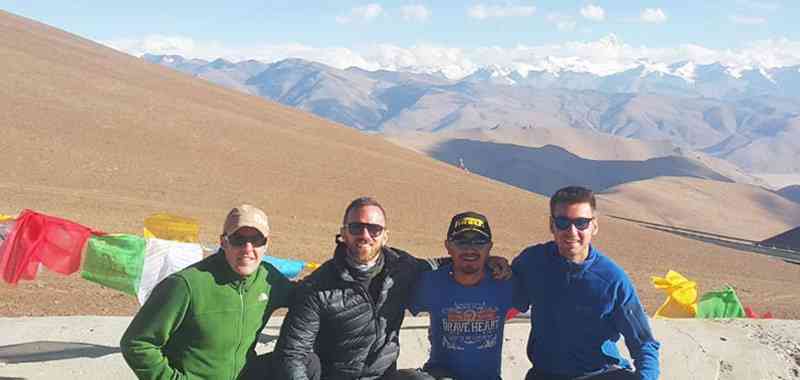






0 Comment ON "Why Photographers Should Never Miss Visiting Tibet?"